| Let’s talk about the Autopilot. We’ve been working on it a lot recently and I’d like to give you a glimpse into the problems we are solving on a daily basis. The E-Jets are heavily automated, which makes it easier for the pilots and for you, but really hard for us. Once we start getting really deep into recreating the real systems, as we are now, it becomes really hard to decide where to draw the line of “this is enough for v1.0”, or “this is enough for a flight sim”. This is a very dangerous place to be in. Every new function seems crucial, especially when viewed from the point of view of real pilots who are testing the products right now. But, for every problem we solve, three new ones pop up. The easiest way to describe our current development is: “ICEBERGS“. Every feature seems simple* straightforward initially (*we don’t use that word, nothing is ever simple exactly for the reasons explained in this paragraph!), but once we start working on it, situations, problems and limitations of the sim arise, that make the development much more complicated. The vast majority of issues are hidden from us at first, and that is also one of a million reasons why it is so hard to predict releases in software development. Either we rush and release something full of bugs, or it takes forever. We need to find the sweet spot in between. I covered another one of these reasons in one of my previous Not-A-Newsletters here. I’d like to give you a real example of one such iceberg that we recently ran into – Flight Level Change (FLCH). FLCH is a Vertical Autopilot mode that adjusts the pitch to maintain the selected speed. On the E-Jets, FLCH is always accompanied by the “Speed on Elevator” (SPDE) Autothrottle (AT) mode. When we examined the FLCH on the E-Jets with help of our lead pilot, we concluded that the Autothrottle automation is straightforward: the plane commands MAX currently allowed thrust on FLCH climb, and IDLE when we descend. So we tried to define the logic for the custom FLCH system: | 
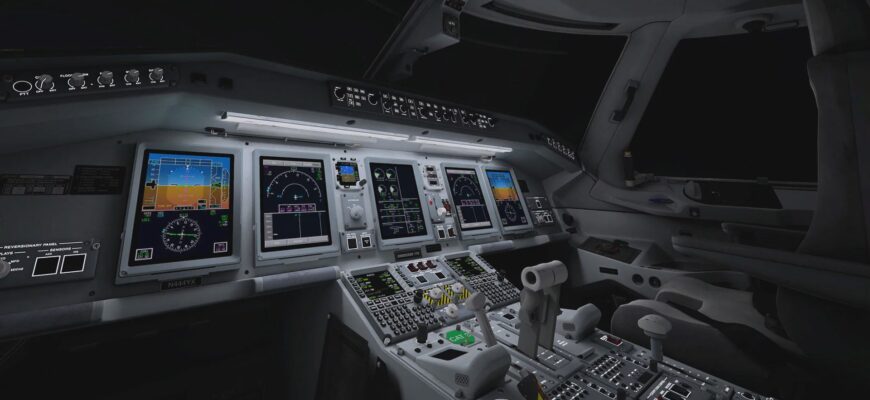


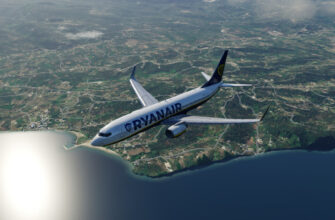
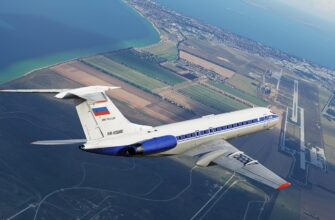
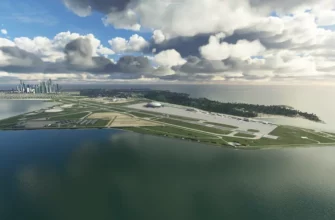
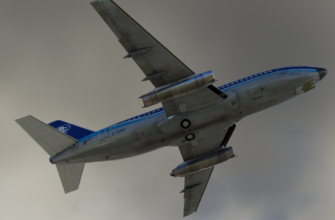
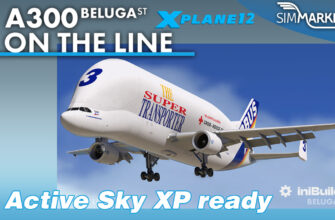

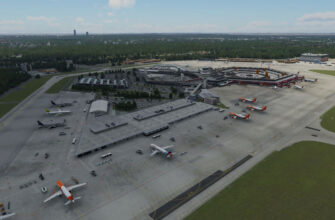
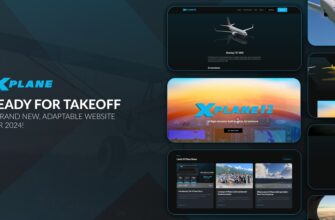
Leave a Reply